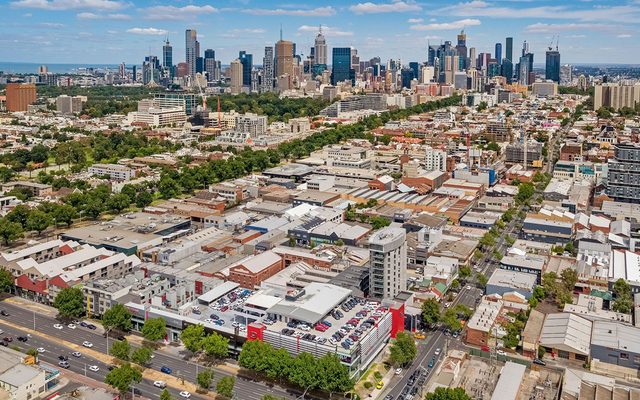This article is from the Australian Property Journal archive
THE Property Council of Australia has praised a new bill for recognising the role of build-to-rent (BTR) housing in Australia, but warned it does not create a level pathway to support 150,000 homes in the fledgling sector by 2034.
The Albanese government’s target of 150,000 homes over the next 10 years has been modelled as a possibility by EY. The BTR sector down under has been slow to catch up to the United Kingdom, where BTR supplies 5% of housing supply, and the United States, where it is 12%. In Australia, BTR makes up only 0.2%of the housing market.
Property Council of Australia Chief Executive Mike Zorbas said the detail of the Treasury Laws Amendment (Responsible Buy Now Pay Later and Other Measures) Bill 2024 doesn’t live up to the government’s intended goals, and “does not match the government’s welcome ambition to get us to the 150,000 homes we know are possible”.
“Right now, we have some of Australia’s best companies seeking investment partners to create a watershed new housing option. And yet it is easier to invest in every other kind of property that builds our cities than the new homes we desperately need, and that a level investment pathway would unlock.
The Albanese government has been receiving feedback on its Treasury Laws Amendment Bill 2024: Build-to-rent developments, which aims to encourage offshore institutional investment in the nascent sector and release more housing supply amid the national housing crisis. It is proposing to increase the depreciation rate for the capital works tax deduction and to reduce the final withholding tax rate on eligible fund payments from managed investment schemes, where construction has started post-9th May 2023.
However, to access the concessions under the draft legislation, the build-to-rent development must include a minimum 10% component of affordable housing.
Research from Knight Frank shows the BTR sector would see 55,000 dedicated units completed by 2030 on current projections.
“Investment for all housing is thin on the ground just when labour and material costs are peaking and planning systems are stuck in the 1980s,” Zorbas said.
“This is an historic opportunity for the parliament to create 150,000 new homes and better housing choice for all Australians, in our joint ambition to hit the nation’s welcome 1.2 million new home target. But in order to do that, this legislation must be fixed.”
Zorbas said the requirement for a proportion of affordable tenancies to be provided duplicates many already imposed by state and territory governments, and in some cases, local governments.
“The Property Council supports the provision of affordable housing in a way that protects project feasibility and advocates a differentiated 10% withholding tax rate to attract investment in affordable housing,” Zorbas said.
According to analysis from EY, this could accelerate the delivery of 10,000 affordable homes.
A federal government review of National Housing Finance and Investment Corporation in 2021 estimated the investment required to meet the shortfall in public, social and affordable housing over the next two decades will be in the order of $290 billion.
In its submission to the federal government, Housing All Australians (HAA), a national private sector “for purpose” organisation and registered charity, whose co-founder and director is former Frasers Property Australia general manager Robert Pradolin, proposed a game-changing assessment tool that could be used to maximise affordable housing in BTR projects, recognising that while the value created by the concessions is constant for a development, market rent is different in every location.
HAA said its Progressive Residential Affordability Development Solution (PRADS) affordable housing register – an evolution of its existing PRADS affordable housing model, and being developed with digital property exchange platform PEXA – would be used as an assessment tool for BTR that uses smart technology to consider the variables, and then back-solve for the number of affordable homes that can be delivered through the available concessions.
“If the federal government wants to maximise the delivery of affordable housing in locations where the key/essential workers are needed, then every opportunity to do so should be exploited,” HAA said in the submission.
“This will ensure that affordable housing will be delivered in every BTR project. We must use every opportunity, even if the outcome results in less than 10% affordable housing.”




